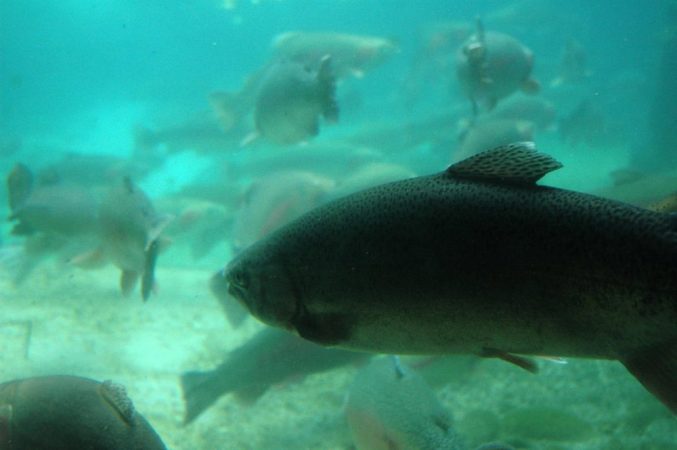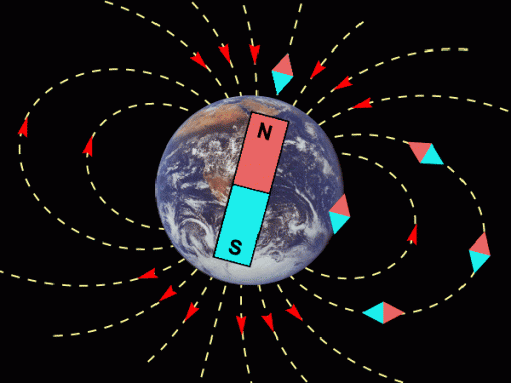A trout’s nose-y magnets
Cells in a fish’s snout respond to magnets

Many animals are naturally magnetic. Some birds, turtles, fish and other animals change their behavior when they’re near magnets or magnetic fields. Trout do, too, and scientists may have figured out why.
A recent study found that cells in trout noses contain magnetite. It’s the most magnetic mineral on the planet. When close to a magnet, these cells turn and line up as true as a compass needle. The discovery that magnetic cells lurk in the nose has charged up other researchers, David Keays told Science News. Keays is a neuroscientist who was not involved in the new study. He works at the Research Institute of Molecular Pathology in Vienna, Austria.
He says that for decades scientists have been searching for the cells that allow many animals to sense a magnetic field. That field is the area surrounding a magnet that can influence other objects. Animals’ ability to sense this field is known as magnetosensation. Scientists had suspected magnetic sensing might arise from something in animal noses, explains Keays.
Michael Winklhofer of the University of Munich in Germany. To find out if the nose knows, he and his colleagues removed tissue that a trout uses for smelling and separated out individual cells. Then the scientists exposed the free-floating cells to a changing magnetic field.

Most cells didn’t react. But between 1 and 4 out of every 10,000 cells started moving and lining up with the magnetic field.
“Looking for magnetosensory cells was really like looking for a needle in a haystack,” Winklhofer told Science News.
Once the team figured out which cells hid the biological magnets, the scientists explored further. They found tiny chains of magnetite stuck in the membranes on the outside of the cells. Like a border, that outer membrane controls what comes in and what goes out of the cell. The researchers suspect that magnetite may change how the cell membrane opens and closes its tiny, gate-like pores.
So even though magnetic cells can’t wander through a living trout’s body, those in the nose may be able to send signals to the brain, indicating to the fish where the magnetic field is coming from.
Power Words
cell The smallest structural and functional unit of an organism, typically too small to see with human eyes.
cell membrane The thin layer that protects and surrounds the materials that make up the inside of a cell.
magnet A material that either attracts objects that contain iron or lines up in a magnetic field.
magnetite A gray-black magnetic mineral, the most magnetic known.







